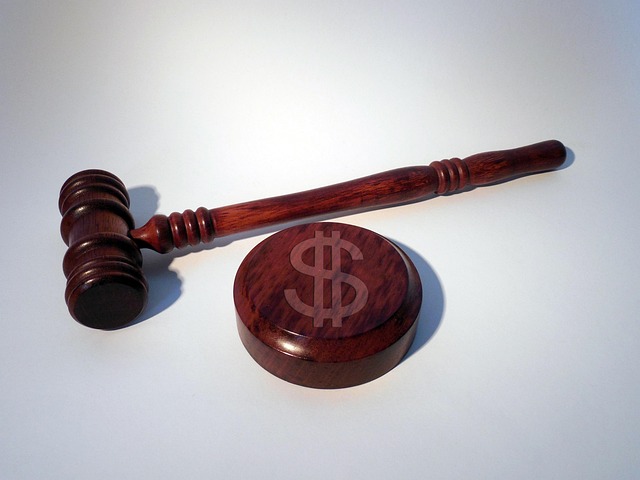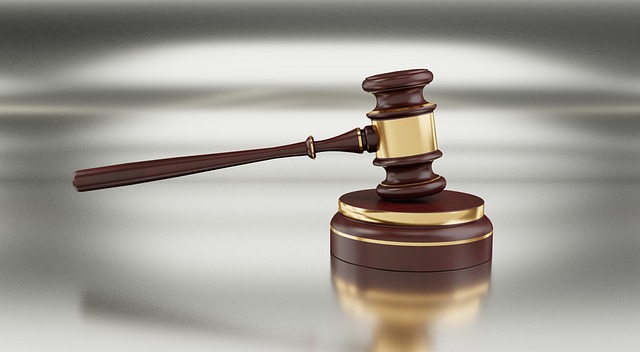Regulatory fraud laws protect consumers and markets by penalizing deceptive practices across sectors. Understanding the steps in a personal injury lawsuit process is crucial for justice. It involves filing a complaint, investigation, court arguments leading to trial or settlement, post-trial processes like verdict enforcement or appeals, and robust legal strategies for favorable outcomes.
Regulatory fraud laws play a pivotal role in safeguarding consumers and investors by penalizing deceptive practices. This article delves into the intricate world of these laws, offering a comprehensive guide on understanding key definitions, navigating personal injury claims, and exploring post-trial processes. By tracing the steps in a personal injury lawsuit process, we uncover essential procedures for justice and enforcement routes, equipping individuals with knowledge to protect their rights in today’s legal landscape.
- Understanding Regulatory Fraud Laws: Key Definitions and Scope
- Steps in Personal Injury Claim: Legal Procedures for Justice
- Navigating Post-Trial Processes: Enforcement and Appeal Routes
Understanding Regulatory Fraud Laws: Key Definitions and Scope

Regulatory fraud laws are designed to protect consumers, investors, and the integrity of markets by punishing individuals and entities that engage in deceptive practices. Understanding these laws begins with defining key terms. Regulatory fraud encompasses a wide range of illicit activities, including misrepresentations, concealing material facts, or making false statements related to compliance with government regulations. This can take various forms, such as white-collar crimes like insider trading, money laundering, or economic crimes involving complex financial schemes.
The scope of these laws extends across diverse sectors, applying to virtually any business activity that comes into contact with regulatory bodies. Whether it’s a healthcare provider inflating billing claims, a financial institution misrepresenting investment products, or a manufacturer falsifying safety data, the consequences can be severe. The process often involves intricate steps, much like a personal injury lawsuit: from initial investigation and accusation to pre-trial hearings, trials, and potential appeals. A winning challenging defense verdict in such cases not only demonstrates legal expertise but also underscores the importance of robust regulatory frameworks in maintaining fair practices within respective business operations.
Steps in Personal Injury Claim: Legal Procedures for Justice

When pursuing a personal injury claim, understanding the steps in a personal injury lawsuit process is crucial for achieving justice. The journey begins with filing a complaint, where the injured party outlines their case against the defendant, stating the facts and legal basis for the claim. This sets into motion all stages of the investigative and enforcement process, which includes gathering evidence, expert opinions, and witness statements to bolster the case.
As the lawsuit progresses, both parties present their arguments in court, leading up to a trial or settlement negotiations. In the event of a trial, a judge or jury will evaluate the evidence and determine liability and damages. A successful outcome could result in compensation for medical expenses, pain and suffering, and other related losses. Winning challenging defense verdicts is not uncommon, but a solid legal strategy and compelling evidence are key to ensuring a favorable outcome throughout all stages of the process.
Navigating Post-Trial Processes: Enforcement and Appeal Routes

After a trial, the court’s decision sets the stage for post-trial processes that are crucial in any personal injury lawsuit. Depending on the outcome, either the plaintiff or defendant may choose to enforce the verdict or file an appeal. Enforcing a favorable judgment involves collecting damages awarded by the jury trials, which can include compensation for medical expenses, lost wages, and pain and suffering. This process ensures that the aggrieved party receives the rightful monetary redress as determined by the court.
Appeals, on the other hand, offer a route to challenge the trial court’s decision if there are perceived legal errors or insufficient evidence. A respective business or general criminal defense attorney may advocate for their client’s interests during an appeal, aiming to overturn or modify the original verdict. This step in a personal injury lawsuit process requires careful consideration of legal strategies and the presentation of compelling arguments to navigate through complex legal procedures.
Regulatory fraud laws are essential tools in ensuring fairness and accountability, especially in personal injury cases. By understanding the key definitions, procedures, and post-trial processes outlined in this article, individuals can navigate the legal system with greater confidence. The steps in a personal injury lawsuit process, from initial claim to appeal, are designed to provide justice and compensate victims for their suffering. Staying informed about these regulations empowers folks to protect their rights and foster a more transparent and effective legal landscape.






